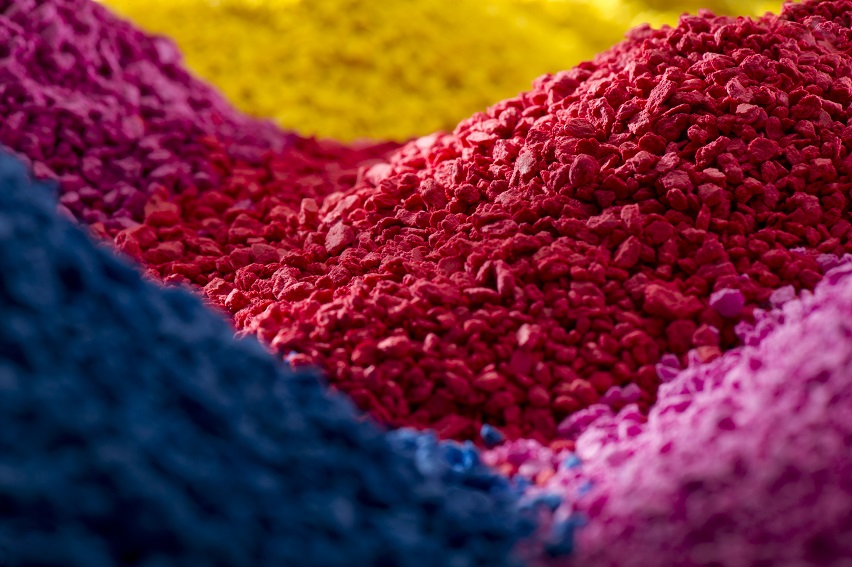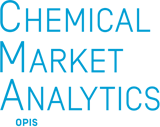Extreme volatility in the soda ash market brings both opportunities and challenges ahead

Energy and Raw Materials
The Russia/Ukraine conflict is having a major impact on energy prices, especially in Europe. Energy availability can also be an issue. In Europe, soda ash plants typically use either coal or natural gas as energy sources. In addition, for the synthetic Solvay soda ash process, either anthracite and/or coke are used to provide an energy source for limestone decomposition, as well as generating additional CO2 required for the production process. We understand that typically more anthracite is used in Europe rather than coke because it tends to be cheaper.
Russia accounts for about 40% of West/Central Europe’s natural gas supply. In addition, Russia is responsible for about 81% of global anthracite exports, 13% of global coke exports and about 16% of global seaborne thermal coal exports.
Soda ash production in West/Central Europe has been impacted indirectly by the conflict because of energy related issues which has at times forced producers to declare force majeure. The European Union, has a ban in place on coal imports from Russia which becomes fully effective from the 2nd week in August. As a consequence a number of plants are expected to switch from anthracite to coke. In addition, the availability of coal/coke/anthracite, on top of likely continued high prices, will maintain pressure on the region.
In addition to energy related operational issues the industry has also been plagued by plant problems and not just in Europe. Two US producers have had to declare force majeure while there have also been plant issues in Argentina and Botswana. In addition, the largest soda ash plant in Iran has recently suffered from a fatal accident.
Capacity Plans
In the second half of 2019, a number of capacity expansions were announced, as soda ash demand in the medium term was expected to steadily increase. Much of that extra capacity was planned for the US and scheduled over the 2021-2022 time period, with further expansions due to come on stream in 2025.
However, since then, as mentioned, the soda ash market saw a major impact from COVID19 with a drop in both demand and prices. In response, soda ash producers were also forced to rethink their future plans. The US producer Genesis Alkali idled its trona based plant, located in Granger Wyoming, in April 2020. Meanwhile, the expansions announced in late 2019 were pushed back. These included a 600,000 mt expansion by Solvay scheduled for the end of 2021, a 1.0 million mt expansion by Ciner (now Sisecam Wyoming) planned for 2023 and a 680,000 mt expansion by Genesis Alkali, planned for Q2 2022. These expansions were also due to be followed in 2025 by the opening of two new plants in the US by Ciner/Sisecam (now majority owned by Sisecam), each with a capacity of 2.5 million mt. Genesis is now the first set to bring on stream additional capacity, which is scheduled for early/mid next year and includes the restart of Granger. All other projects have been delayed to the 2024/2025 time period, or even later.
Soda ash capacity in China has been in decline since 2021. None-the-less, there are ambitious expansion plans for China. These plans though are dominated by one single project, a huge natural soda ash plant in Inner Mongolia. Phase I of the Inner Mongolia project is set to have an annual capacity of around 5.0 million mt. This was to come on stream by mid this year but was delayed until July 2023. However, the exact scope of phase I of the project, including its timing and initial size are being widely debated, even locally in China. Meanwhile, there’s little capacity scheduled to be added outside the US and China.
Demand Drivers
A prolonged Russia/Ukraine conflict, is likely to lower soda ash demand growth over the medium term as a result of slow down in global economic growth and demand destruction in the conflict region. However, with the exception of the CIS region, any significant demand erosion has not been noticed yet. Glass plants across the world, including in West/Central Europe appear to be operating at full capacity with demand said to be robust. There is though concern about very high stocks of flat glass in China.
Meanwhile, one demand category which may be less influenced by economic factors, and thus cushion the blow from slower economic growth, is the environmental category. These sectors of demand include lithium carbonate, solar glass, and sodium bicarbonate which were each immune to the negative impacts of the COVID-19 pandemic.
Solar glass has the potential to provide significant new demand for soda ash. In the wake of the war in Ukraine, the shift to green energy is no longer just about environmentalism, it is also now about energy security. This global trend will accelerate the use of solar power in the coming years and hence, it will create additional demand for solar glass. China is dominating the PV (photo voltaic) and solar glass space. Chinese solar glass capacities under planning would alone consume something like an additional 20 million mt per year of new soda ash demand if approved. Such glass proposals do seem excessive, and much more than the PV industry appears to require, nonetheless, it indicates the opportunities and also the lack of transparency in terms of what this ultimate demand opportunity may be. India also has ambitious expansion plans for solar glass and thus soda ash.
Lithium carbonate, a key component in some batteries, is also supporting growth in soda ash demand, especially in South America. Sodium bicarbonate also has a growing environmental application, which is for flue gas desulphurization.
It is clear that the soda ash market has seen extreme volatility in the recent past and that it faces both opportunities and also likely some challenges ahead as well.To get further insight into the outlook for soda ash please join us at our forthcoming conference. Chemical Market Analytics by OPIS, a Dow Jones Company (formerly IHS Markit), is hosting its annual World Soda Ash Conference on the 11th to the 13th of October. This year’s conference will be held in person in Sorrento, Italy, and will include speeches from some of the industry’s leading companies, as well as experts from Chemical Market Analytics.

Marguerite Morrin
Executive Director, Global Soda Ash Services
Chemical Market Analytics by OPIS, a Dow Jones Company
